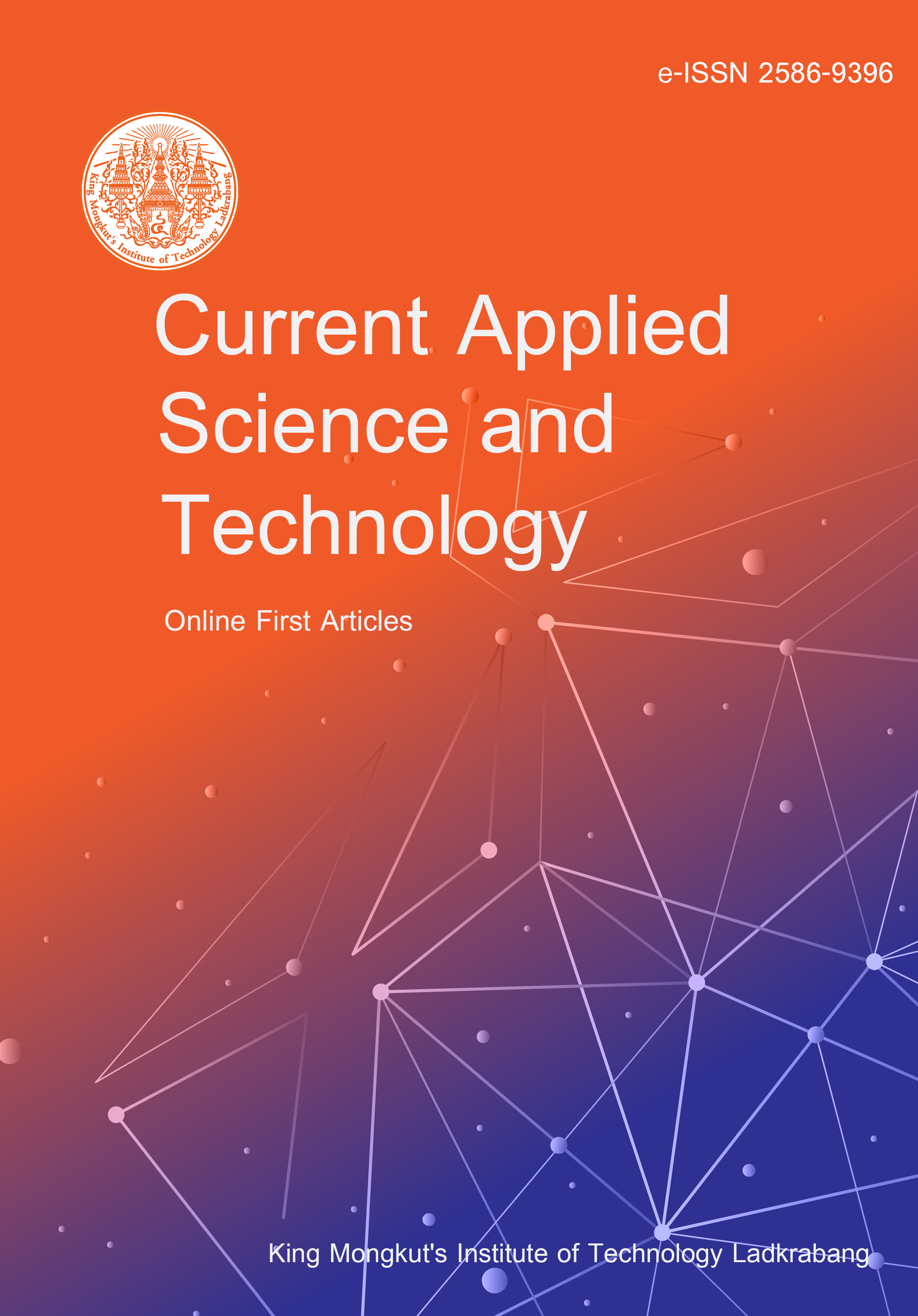A survey of the incidence of lethal wilt disease in Acacia mangium plantations was conducted in three locations in South Sumatra, Indonesia: Ogan Komering Ilir (OKI) Regency, Ogan Ilir (OI) Regency, and Palembang City. Wilt disease in Acacia plants is highly concerning, with a mortality rate reaching 100%. Isolates were obtained from sapwood that exhibited dark spots, and six isolates were identified: CAW30658 (OKI), CAW30820, CAW30819, CAW31211, CAW30656 (OI), and CAW80912 (Palembang City). The initial symptom of wilting in Acacia leaves is characterized by leaf wilting, with color changes from green to yellow, followed by leaf drying. In the final stage, the tree dries out and dies. Symptoms in the sapwood include the formation of brown lesions that gradually turn black with elongated streak patterns resembling claw marks. These lesions also spread extensively into the heartwood, obstructing the plant's vascular tissues. Typically, infected trees emit a sweet, fruity odor from the exudate of fermenting lesions. This study aimed to identify the pathogen causing wilt in infected A. mangium using morphological characteristics and comparing DNA sequences of the Internal Transcribed Spacer (ITS) region and β-tubulin 1 (bt1) sequences, as well as its pathogenicity toward other host plants. The isolated fungus exhibited morphological characteristics similar to the wilt pathogen Ceratocystis sp., with isolates producing rounded ascomatal bases with long-necked ostiolar hyphae. Phylogenetic analysis confirmed C. fimbriata, differentiating it from all other Ceratocystis species. The six isolates showed a DNA similarity level of 98%. Koch's postulates test on four-month-old A. mangium confirmed that C. fimbriata was the causative agent of the wilt disease. The lowest pathogenicity test was on Artocarpus heterophyllus, with a rate of 6.11%, while the strongest attack was on Annona muricata, with a rate of 8.96% among other hosts.
Pratama, R. ., Muslim, A. ., Damiri, N. ., Hamidson, H. ., Suwandi, , & Amelia, R. P. . (2025). Ceratocystis fimbriata Causing Wilt and Sudden Death on Acacia mangium in South Sumatera. CURRENT APPLIED SCIENCE AND TECHNOLOGY, e0265486. https://doi.org/10.55003/cast.2025.265486

